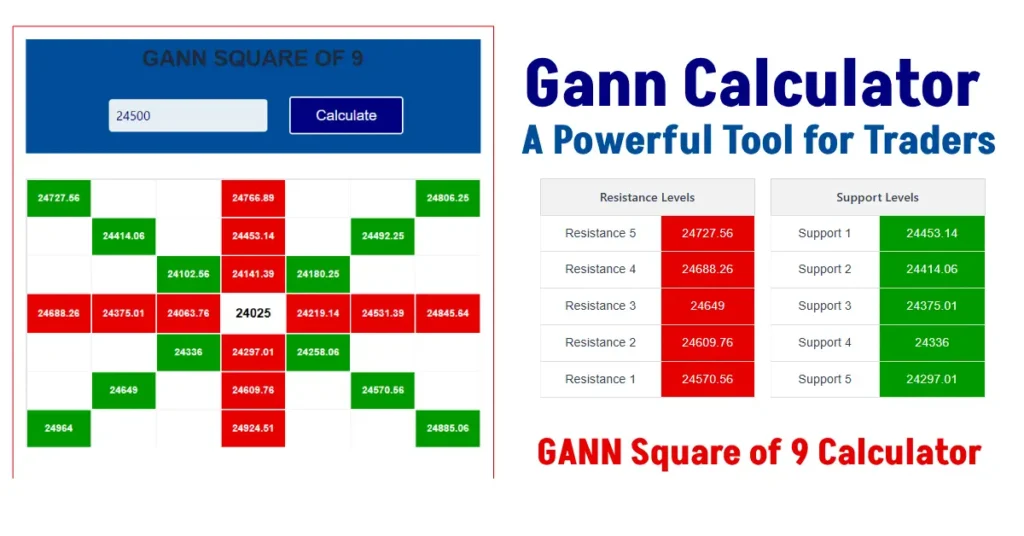Income Tax Slabs for FY 2025-26 (New Regime)
Income Tax Calculator 2025-26 (India)
Tax Slabs
| Income Range (₹) | Tax Rate (%) |
|---|
The income tax slabs for the financial year 2025-26 under the new regime, effective from April 1, 2025, to March 31, 2026, are as follows, based on recent budget announcements and online resources:
| Income Range (₹) | Tax Rate |
|---|---|
| Up to 4,00,000 | 0% |
| 4,00,001 to 8,00,000 | 5% |
| 8,00,001 to 12,00,000 | 10% |
| 12,00,001 to 16,00,000 | 15% |
| 16,00,001 to 20,00,000 | 20% |
| 20,00,001 to 24,00,000 | 25% |
| Above 24,00,000 | 30% |
These slabs were announced in the Union Budget 2025 by Finance Minister Nirmala Sitharaman, aiming to simplify the tax system and offer relief to middle-income earners. For detailed slabs, refer to Bajaj Finserv Income Tax Slabs.

Rebate Under Section 87A
A rebate of ₹60,000 is available under section 87A for resident individuals with total income up to ₹12,00,000 in the new regime. This rebate ensures that the tax liability is reduced to zero for incomes up to this threshold, provided the tax before rebate does not exceed ₹60,000. This change, effective from FY 2025-26, enhances tax relief for the middle class, as noted in ClearTax Income Tax Slabs.
Standard Deduction for Salaried Individuals
An unexpected detail for users is that salaried individuals are eligible for a standard deduction of ₹75,000 from their gross salary, effective from April 1, 2024, and continuing into FY 2025-26. This deduction reduces taxable income, potentially making tax liability zero for gross salaries up to ₹12,75,000 (after accounting for the rebate). This is particularly beneficial for salaried taxpayers, as highlighted in HDFC Life Income Tax Slabs.
Health and Education Cess
The health and education cess remains at 4% of the tax amount, applicable after calculating the tax liability and any rebates. This cess is levied to fund healthcare and educational initiatives, as detailed in Paisabazaar Health and Education Cess. For example, if the tax liability after rebate is ₹10,000, the final tax with cess would be ₹10,400.
Marginal Relief for Incomes Between ₹12 Lakh and ₹12.75 Lakh
Marginal relief is a provision for resident individuals with incomes marginally above ₹12,00,000 but not exceeding ₹12,75,000, ensuring that the tax burden does not disproportionately increase. The exact calculation is complex and based on ensuring the tax paid is proportional to the excess income over ₹12,00,000. Based on available data, for incomes in this range, the tax with marginal relief seems to be set as the excess over ₹12,00,000, though official calculations may vary. For instance:
- For income of ₹12,10,000 (₹12.1 lakh), tax with marginal relief is approximately ₹10,000, aligning with excess income calculations.
- For income of ₹12,75,000, marginal relief does not apply, and tax is calculated normally.
This aspect requires further clarification from official sources, such as Upstox Marginal Relief Calculation, due to discrepancies in online examples.
Considerations and Limitations
- The marginal relief implementation is simplified due to complexity and lack of a clear formula from available sources. Users are advised to consult official Income Tax Department resources for compliance, such as Income Tax Department Individual Help.
- The calculator assumes no other deductions or special rates (e.g., capital gains), focusing solely on standard income under the new regime.
- For non-salaried individuals, no standard deduction is applied, aligning with current regulations.
Check this also: Return on Investment (ROI) Calculator



